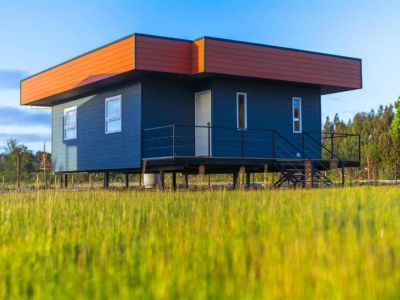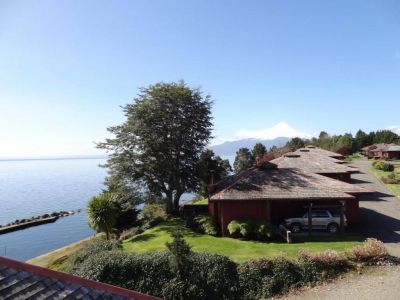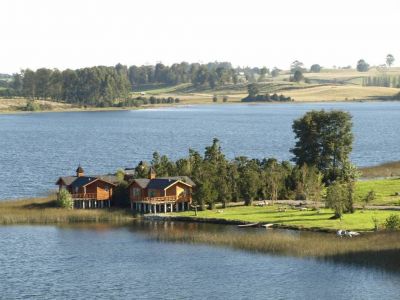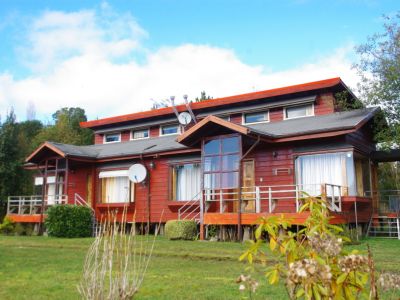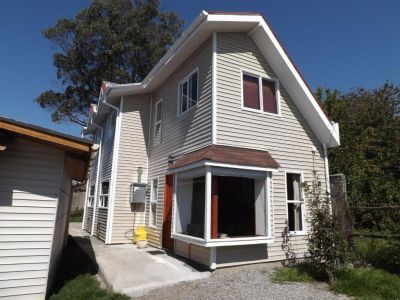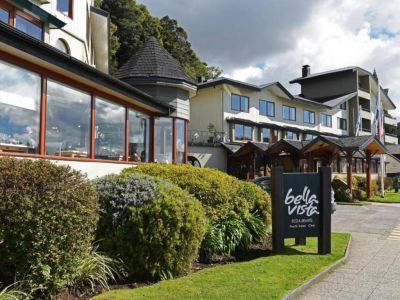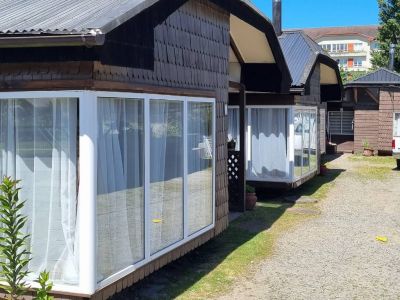The streets of the city of Puerto Varas, ornamented with roses and beautiful gardens, as well as with its wooden architecture, take us back to the origins, to the mid XIXth century and the arrival of the German immigrants. It was declared a village in 1897 and at present it has almost 30 thousand inhabitants. From the very beginning, it was a strong tourist attraction and it became the center of lake navigation and the commercial port towards Puerto Montt. Lake Llanquihue is the second largest lake in Chile, after the General Carrera. Discovered by Pedro de Valdivia in 1552, it is considered the third largest natural lake in South America and one of the most beautiful sites on the planet.
The Pearl of the Llanquihue
The transparency of its waters forms a perfect mirror where the Osorno, Puntiagudo, Calbuco and Tronador Volcano get reflected. Under the blue sky, with lush vegetation, this area is one of the most beautiful spots in Southern Chile. In the surroundings of the city, tourists may visit La Poza, the Water Mill Museum, the Pescado River and the hatchery, Phillippi Park, Mount Calvario and the vantage points from where the Osorno and the Calbuco Volcanos may be appreciated. Mount Phillippi stands in the middle of the city and, from its summit, visitors may appreciate its protected thick vegetation as well as the bay formed by Lake Llanquihue. A tour leaves from Plaza de Armas along the waterfront avenue (the start of Vicente Pérez Rosales International Route). It includes gastronomic venues, hotel facilities and camping sites, such as Playa Hermosa and Nitklistcheck, characterized by their mild slopes, which enable tourists to enjoy swimming and other nautical sports, including salmon fishing. La Poza is a pretty lagoon nestled among the cliffs and the lush vegetation where sport fishing is permitted. It is possible to cross it by boat and pay a visit to Loreley Island. The Water Mill Museum houses the typical mill used to grind wheat. All the elements used to perform this task are perfectly preserved inside the mill. National monuments stand out among the most representative local architectural works, represented by constructions made in native wood and birch tiles (birch is an endangered species today). This heritage distinguishes the City of Puerto Varas as a historical treasure of strong German features. The houses that have been declared cultural heritage are the Sacred Heart Church, the Kuschel House (presently owned by Douglas Thomkins), the German house, the Schwerter House and the Niklitschek House. The one place that deserves a special visit is the Church of the Sacred Heart of Jesus, which not only has a high architectural value but also bears large proportions. It was built in 1915. Mount Calvary, on the other hand, offers a splendid vantage point on its top, which enables visitors to have a complete view of the beautiful City of Puerto Varas.
Pablo Etchevers
Jorge González


















